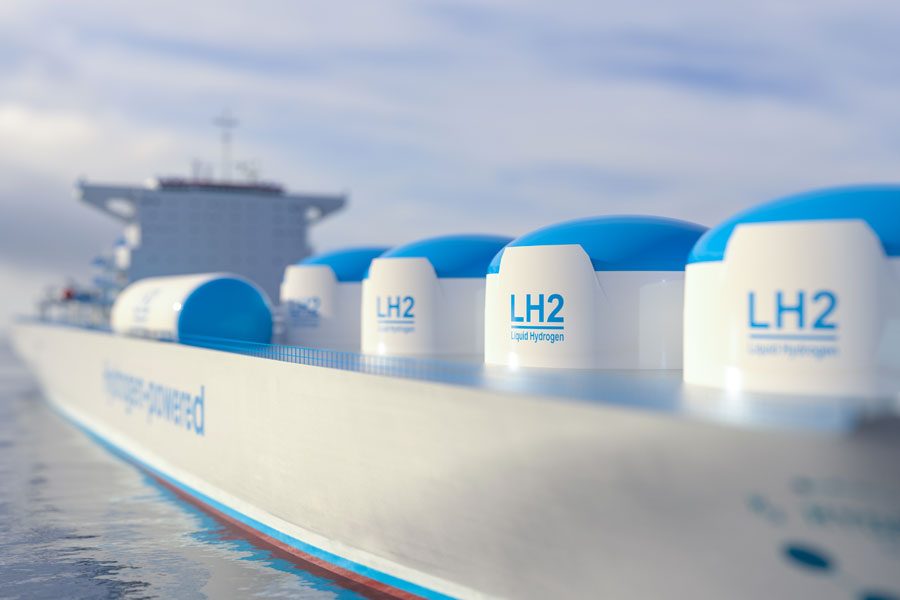#65 EVOLUTION OF SHIP PROPULSION SYSTEM PART - II
Mechanized power
In the second half of the 20th century, rising fuel costs led to the demise of the steam turbine. In fact, since 1960, most of the new ships were built with diesel engines, which was a revolution. In fact, most modern ships use a piston diesel engine as their prime mover due to their ease of operation, reliability, and fuel economy compared to most other prime mover mechanisms.
Alternative fuel engines
Shipping companies are currently required to comply with IMO decarbonization regulations. To achieve compliance, many operators choose to use alternative fuels as their engine. One of these fuels is LNG.
LNG
The first LNG vessel dates back to 1959, when Methane Pioneer shipped cargo from Louisiana to the UK.Today, an LNG marine engine can have multiple fuel options, allowing ships to navigate without relying on a single fuel.
In fact, research has shown that LNG can be an efficient transition fuel. However, limited access to LNG filling stations could affect the production of such engines
Moreover, ships providing services to the LNG industry have been upgraded with dual-fuel engines, with positive results.
Ammonia
To date, no ammonia-fueled vessels have been built, but that has not stopped companies including Maersk, MAN Energy Solutions, NYK Line, Mitsubishi Heavy Industries and the French energy company Total from a rushed effort to bring vessels powered by ammonia fuel.
Hydrogen
Another potential fuel that shipping companies are considering is hydrogen. In fact, more and more companies are creating projects to promote the use of hydrogen, such as the Hyundai Heavy Industries Group, which aims to complete the hydrogen value chain from production to transportation, storage and sale of fuel cells by 2030.
Electric vessels
Despite the fact that electric vessels are not the types of propulsion in particular, would like to tell you more about them. First used around the 1880s, today several short-range vessels have been built or converted into electric vessels. This includes battery power that is charged from shore while others are powered from shore using electrical cables.
Specifically, on November 12, 2017, Guangzhou Shipyard International (GSI) launched what is arguably the world's first battery-powered, all-electric land-based coal transporter. The vessel with a deadweight of 2,000 tons will carry bulk cargo up to 40 nautical miles on a single charge. The ship is powered by 2,400 kilowatt-hours of lithium-ion batteries, about the same as the 30 Tesla Model S electric sedans.
Stena Line announced that it plans to order its first all-electric ferry no later than 2025. The Stena Elektra project, a concept for an all-electric ferry on the Gothenburg-Frederikshavn route by 2030, is currently under construction on a commercial vessel. The project was developed by Stena's in-house technical consultant, Stena Teknik.
Conclusion
such as diesel and electric, showcasesThe discussions on ship propulsion reveal a dynamic landscape, marked by continuous innovation and a quest for greener and more efficient solutions. From the historical evolution of marine engines, such as steam and diesel, to the contemporary adoption of gas turbines, LNG engines, and even hydrogen fuel cells, the maritime industry has consistently adapted to meet evolving demands.
The future of ship propulsion is undeniably intertwined with sustainability and environmental responsibility. As global awareness of climate change intensifies, shipping companies are under increasing pressure to reduce greenhouse gas emissions. This has led to the exploration of alternative fuels and propulsion systems, such as LNG and hydrogen, which offer the promise of zero-emission shipping.






Comments
Post a Comment